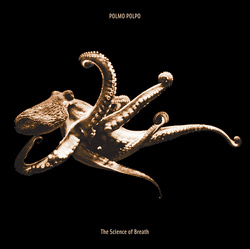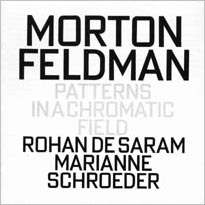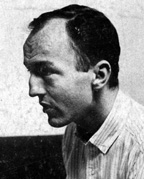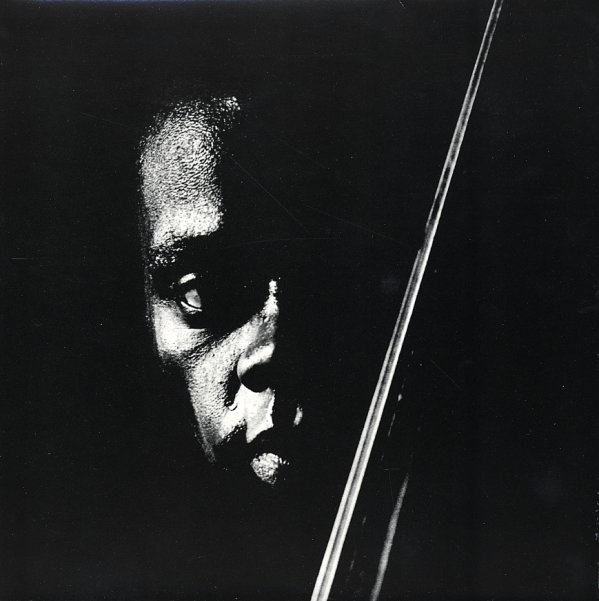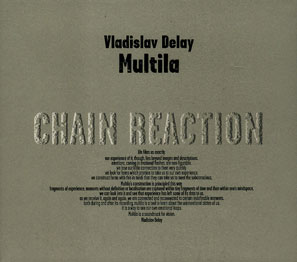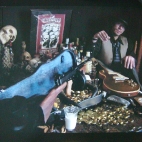since Mr. Roden has expressed clearly that he does not mind, but in fact encourages the giving (there's that bizarre concept again) away of his music for free, here are a few more pieces of lovely object/situations by him and a couple of others.
 Steve Roden - Speak No More About The Leaves
Steve Roden - Speak No More About The Leaves "The cd contains 3 pieces inspired by Arnold Shoenberg's 'The Book of the Hanging Gardens' and in particular the poems by Stefan George that Shoenberg used as lyrics. Track one uses my voice reading/singing part of the text as the only sound material. Track two uses the vowel structure from the text as a score for striking five tones on a small chime and was originally used for an installation at the pomona college museum of art. Track three uses samples from the Shoenberg work as well as my voice singing the same text as track one."
http://www.sendspace.com/file/7ogci3
or
http://rapidshare.com/files/4280949/Speak_No_More_About_The_Leaves.zip .html
 Steve Roden & Jason Kahn - Shimmer Flicker Waver Quiver
Steve Roden & Jason Kahn - Shimmer Flicker Waver Quiver "In September 2002, Jason Kahn and Steve Roden joined forces in the Extrapool studios. Steve Roden played small acoustic objects, electric guitar, contact microphones and guitar pedals whereas Jason Kahn played minimal percussion, laptop and analogue synthesizer. Their focus on sound is a central factor in this work. Six beautiful pieces of microscopic, precise music - like watching through the looking glass at the smallest particles available. - www.kormplastics.nl"
http://www.sendspace.com/file/whb8t8
or
http://rapidshare.com/files/5160630/Steve_Roden___Jason_Kahn_-_Shimmer _Flicker_Waver_Quiver.zip.html
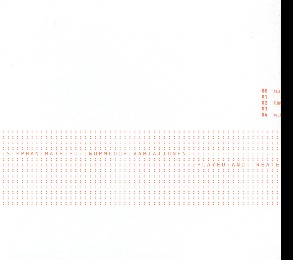 [rit 16] STEPHAN MATHIEU - Wurmloch Variationen
[rit 16] STEPHAN MATHIEU - Wurmloch Variationen a dreamlike digital blizzard in the hard-drive of your brain - snow, impressions, remnants and after-images focus and blur - a mesmerizing play of static and memory.
"]This CD has five pieces out of 26 different pieces, which were all based on a piano recording. That source recording is enclosed here as the final track, which is a very open piece of occasional hammering on the piano and lots of free space. This recording is sampled and pieces of the processings are used to create new pieces. The overall sound might be classified as 'ambient', as in: soft music, but made with clicks, hiss and drony, deep end sound. It's a well-crafted work, very minimal, with great emphasis on, there we go again, microscopic details." - Frans de Waard / Vital Weekly"
http://www.sendspace.com/file/br2eae
or
http://rapidshare.com/files/5159419/STEPHAN_MATHIEU_-_Wurmloch_Variati onen.zip.html
 [raster-post] mitchell akiyama - temporary music
[raster-post] mitchell akiyama - temporary musicakiyama is too soft for the bb; whose objection I think runs somewhat along the lines of noodly, polite, DSP-overdose, pastel-y, boring, IDM-wank. but while I think some of these descriptors fit, this is non-the-less an artist with an unusual number of ideas; his inventiveness and charm of execution clearly making him stand much taller than the thousands of other purveyers of geek-tronica which I absolutely take bb's stance on (like some on Mitchel's own intr_version label).
this release is actually very different from his usual sound - which is synthy and relatively playful. there are actually some similarities to Stephen Matheiu's Wurmloch Variationen. I had to include this because in addition to the quality music, the first track is titled "Big Sur".
[quote]"temporary music", is a collection of fragments - shards of pianos, pieces of field recordings, digital interruptions. all pieces are homages to places and people whose images have changed and faded over time. "temporary music" is a representation of the ephemeral nature of experience and the instability of memory.[/quote]
http://rapidshare.com/files/5156214/Raster_Post.zip.html
or
http://www.sendspace.com/file/56vezb








 The first in this seminal, eventually gratuitous, series of experimental and forward thinking techno/laptoppery. Coming back to this release, 6 years later - the music is (generally) more mature than I may have thought back in 2000, crisp and reductive without any excess or exagerration. Things are more raw on these discs, and doesn't have the clubbier/poppier moments of the 2nd and 3rd sets, and also lacks the extremes mapped by the 2nd sets 3 discs. That said, artsy laptoppery and minimal techno's rapid and rhizomatic (sorry for the argot, but the metaphor is actually appropriate) growth in the last 10 year got a huge kick in the pants from the innovations by the artists included in these discs, in a time before heavy DSP double-tap soloing was possible, before Live made things so much smoother.
The first in this seminal, eventually gratuitous, series of experimental and forward thinking techno/laptoppery. Coming back to this release, 6 years later - the music is (generally) more mature than I may have thought back in 2000, crisp and reductive without any excess or exagerration. Things are more raw on these discs, and doesn't have the clubbier/poppier moments of the 2nd and 3rd sets, and also lacks the extremes mapped by the 2nd sets 3 discs. That said, artsy laptoppery and minimal techno's rapid and rhizomatic (sorry for the argot, but the metaphor is actually appropriate) growth in the last 10 year got a huge kick in the pants from the innovations by the artists included in these discs, in a time before heavy DSP double-tap soloing was possible, before Live made things so much smoother.




